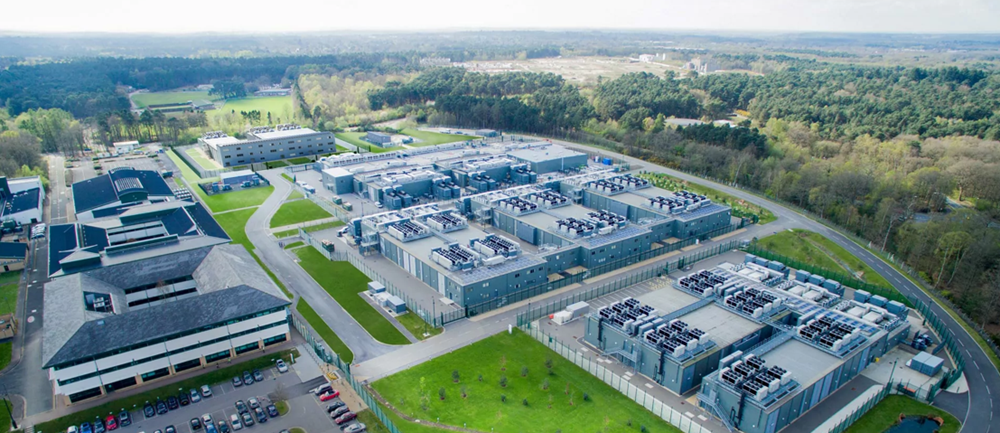FST BLOG
Compute and Contribute: Data Centres’ Role in the Green Grid
- 30 May 2025
- General, Technology
- Ben Pritchard

As the world accelerates its AI ambitions through a wave of data centres, including new supercomputing hubs, one challenge looms large: power. Meeting the scale, speed, and resilience demands of AI workloads will require more than just grid connections.
To put this into context: according to IDC, global AI data centre capacity is projected to grow at a compound annual growth rate of 40.5% through 2027, with energy consumption surging at 44.7%, reaching 146.2 TWh by 2027. McKinsey estimates that in Europe alone, AI-related electricity demand will reach 165–175 TWh annually by 2030 — equivalent to 6% of the continent’s current electricity consumption. By 2040, it could exceed 350 TWh — on par with Italy’s entire power usage today.
As AI grows, so too does energy demand — but so does the potential for energy production from clean sources. This is where dispatchable power — energy that can be controlled and delivered on demand — becomes critical. Unlike intermittent sources or standby-only systems, dispatchable power includes microgrids integrated with battery storage, generators running on sustainable fuels such as HVO, and hybrid systems combining renewables with firm backup. Crucially, it supports both emergencies and prime power operation — a necessity for today’s high-intensity data centres.
This is more than a technical preference. It is a strategic imperative. AI data centres are increasingly built around high-density GPU and CPU architectures. The traditional standby power model is no longer sufficient.
Instead, new energy strategies must match the flexibility, modularity and speed of deployment demanded by AI infrastructure. That’s where dispatchable power — particularly modular microgrids — becomes essential. These systems ensure resilience and flexibility across all operating scenarios and support precision performance under fluctuating loads.
What sets microgrids apart is not just their resilience, but their potential to turn data centres into active participants in local energy systems. When coupled with renewable generation — solar, wind, even tidal — and equipped with storage, microgrids allow operators to stabilise their own operations and support grid demand.
This transformation repositions data centres from grid burdens to net contributors. As green electrons flow through their systems, data centres equipped with intelligent microgrids can offer dispatchable output back to the grid, reduce peak demand, and even offset local power volatility, including reginal blackouts.
AI data centre operators are already investing in this clean infrastructure themselves — and doing so at greater speed than traditional power providers. Unlike legacy energy systems, which often face longer planning cycles and regulatory delays, data centres — AI factories — are deploying advanced clean energy systems at pace, ahead of traditional grid upgrades.
This is not just a matter for engineers and planners. Policymakers must urgently grapple with what powering AI means for national infrastructure, investment priorities, and climate objectives.
McKinsey forecasts that Europe will need €50 billion in grid upgrades by 2030 to meet AI-related demand. Two-thirds of that growth will concentrate in just 23 metropolitan areas — including London, Manchester and Cambridge. Growing disparities in infrastructure could entrench regional inequality and bottleneck economic growth.
Without a shift to decentralised, dispatchable energy systems, governments will struggle to deliver on both their AI ambitions and Net Zero targets. Policymakers should view data centres not as passive energy consumers, but as strategic clean energy contributors. With the right frameworks, they can help balance local grids, increase renewable penetration, and accelerate the energy transition.
Dispatchable power is not a stopgap. It is the energy foundation on which AI factories — and broader economic competitiveness — will be built. The technologies are ready. The use cases are proven. What’s needed now is speed, support, and systems thinking.
Ben Pritchard is CEO of AVK- SEG Innovative Power Solutions.
